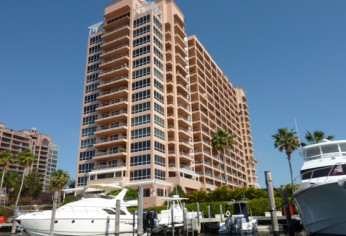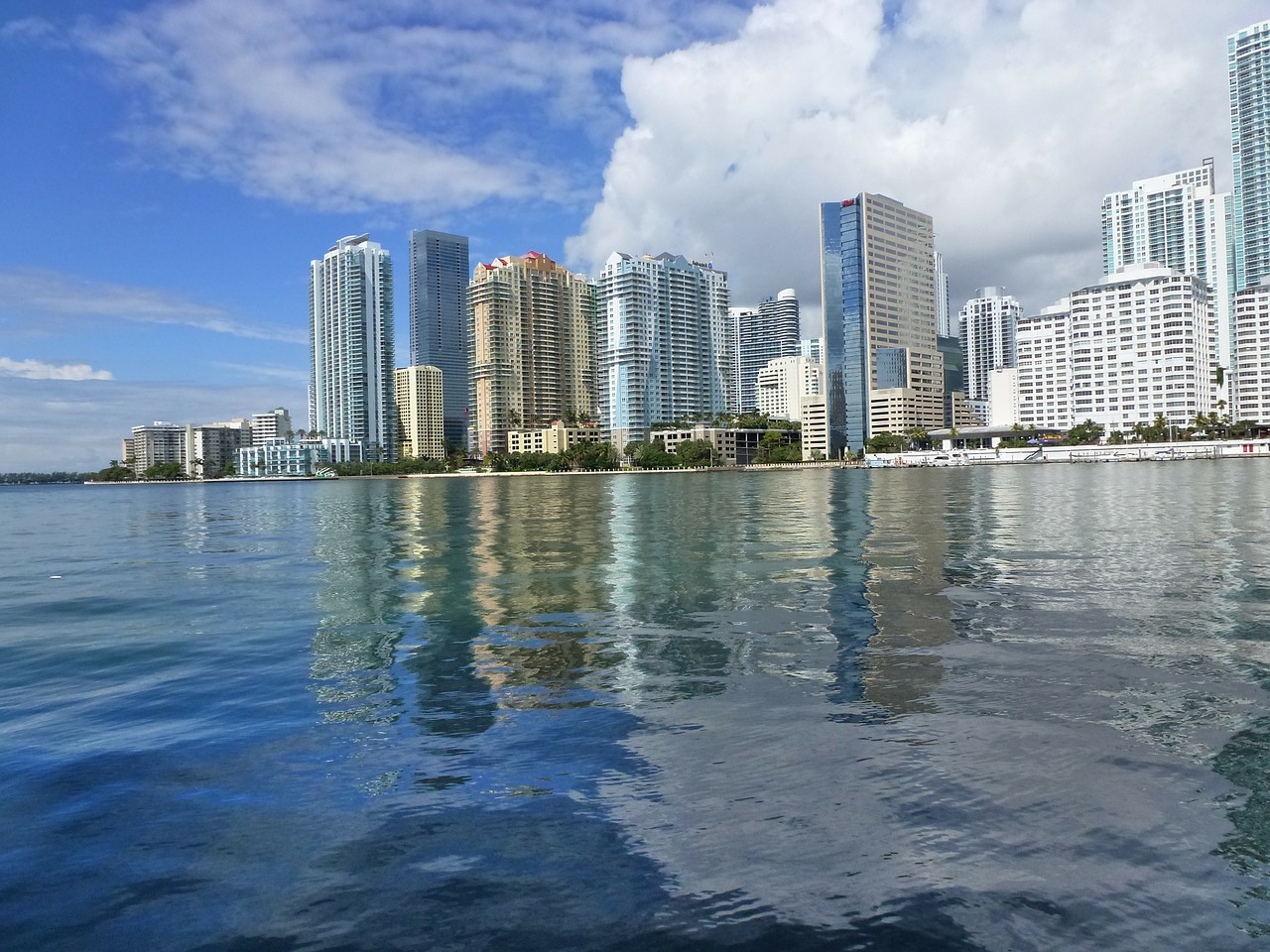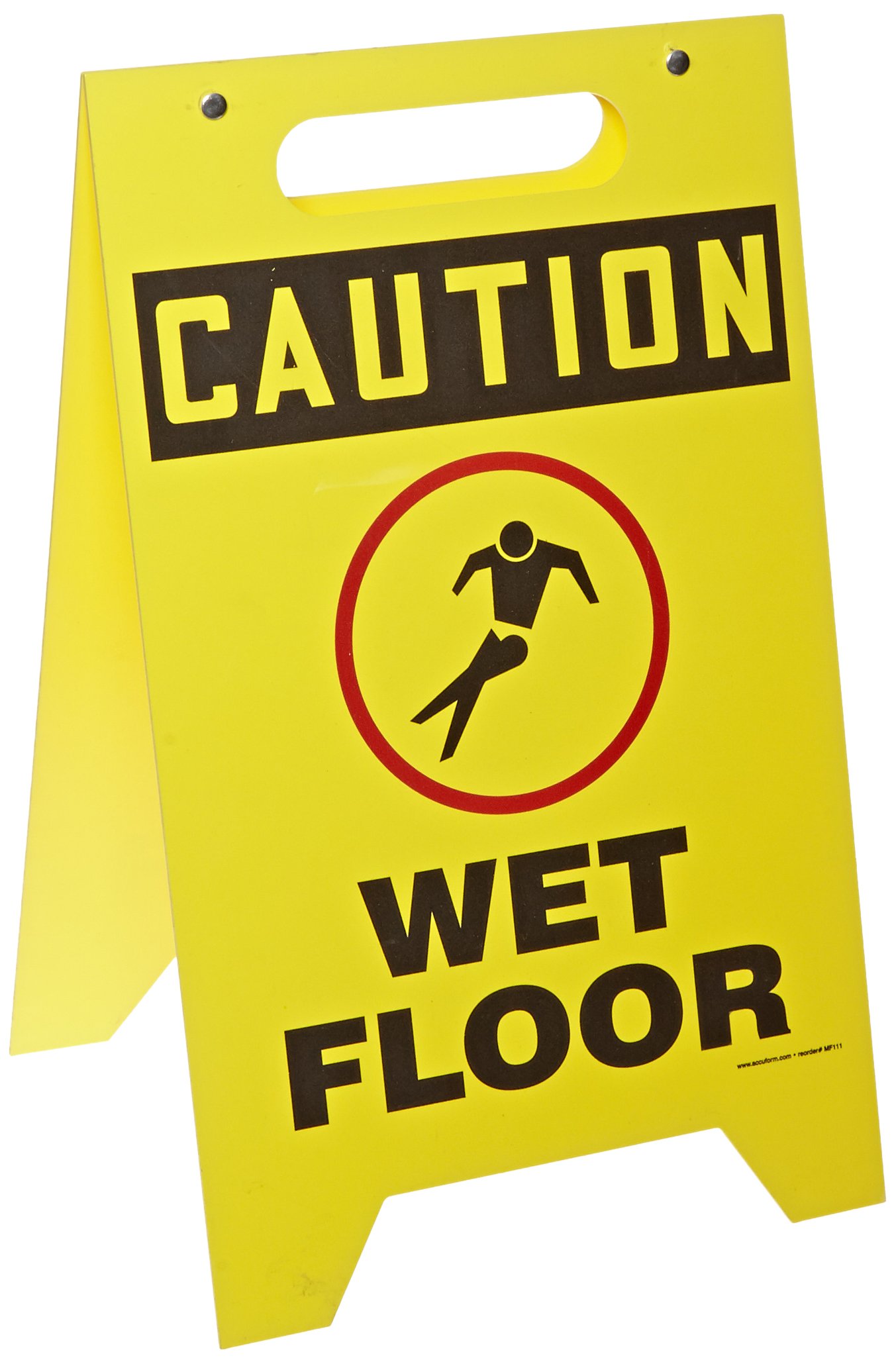Towers Watson, a global professional services company, recently released its latest Commercial Lines Insurance Pricing Survey (CLIPS), indicating that insurance prices rose by almost 7% in aggregate during the fourth quarter of 2012. This marks the eighth consecutive quarter of price increases and the fourth showing increases across every line surveyed. Workers Compensation and Employment Practices Liability experienced the largest increase with both lines nearly at double-digit price increases year over year. Other product lines show increases in the mid to upper-single digits. Moreover, according to the CLIPS survey, standard commercial accounts of all sizes saw rising prices, with larger gains observed in mid-market and large accounts.
When looking at the results from MarketScout, the Dallas-based electronic insurance exchange, for February 2013, the commercial insurance rate index was up 4% as compared to a year earlier. The manufacturing, service and habitational industries led the February industry rate increases at plus 6%. MarketScout showed property insurance leading the coverage pack with a rate increase of plus 6%, and general liability insurance considerably more competitive with rates up 4% opposed to up 6% in the previous month.
The overall trend from both these surveys shows that pricing is continually to firm at a steady pace, although not as quickly as we’ve seen since the beginning of 2011.
When it comes to habitational risks, a few factors are influencing the rise in pricing, including what’s impacting the industry in general; i.e, lack of investment yield, shrinking reserves, poor loss performance, and pressure to generate more earnings with greater underwriting profitability and rate increases. Coupled with weather catastrophes (Hurricane Irene, Superstorm Sandy) especially in coastal areas, you begin to see a perfect storm for rising rates for domestic properties.
What’s more, as a result of Sandy flooding will pose more of a concern moving forward in the Northeast. An estimated 35,000 buildings have been added to flood zones in parts of New York City, and FEMA’s advisory flood maps increased the areas falling into 100-year flood zones. Consequently, there has been a significant rise in monoline flood submissions. Additionally, it’s estimated that in the Northeast there will be more opportunity in the market for standalone excess flood carve outs as markets reduce Flood Zone A coverage from $25M to $10M.
At IPOAUSA, we work with admitted and non-admitted carriers and programs to place coverage for niche markets including condo & apartments, hotels & resorts, historic properties, coastal properties, among others. We will work with you to get competitive pricing while also providing the scope of coverage needed and balancing the need for underwriting profitability so that your insureds continue to be well protected in an environment that is shifting in certain classes of business and coverage lines.







